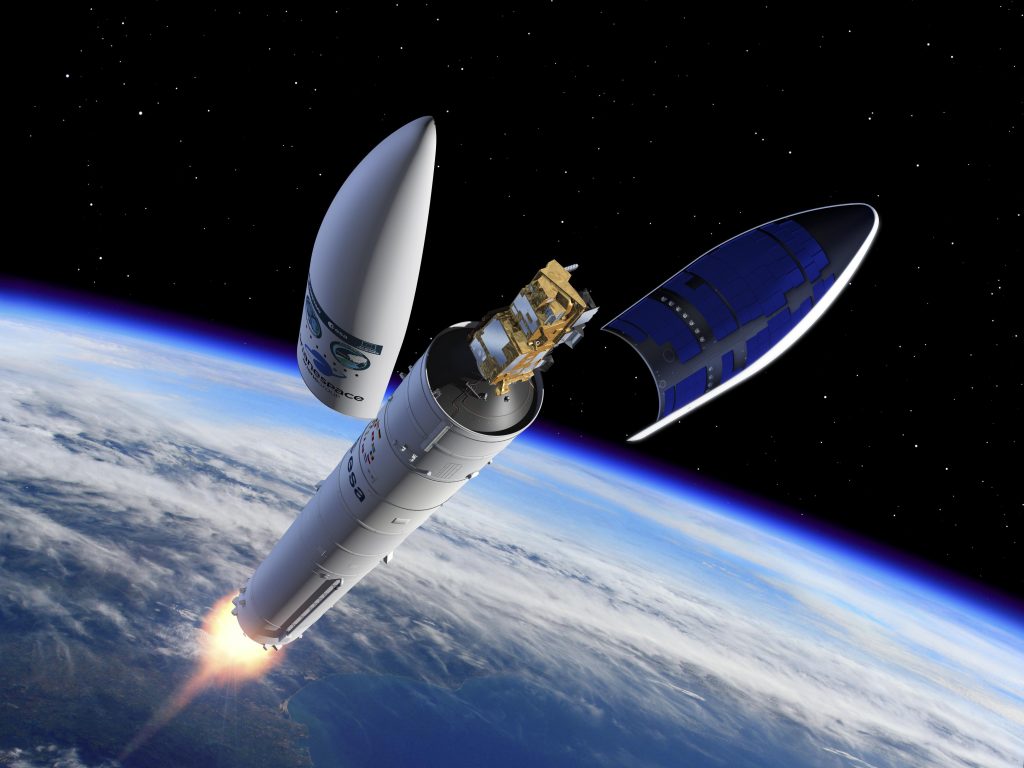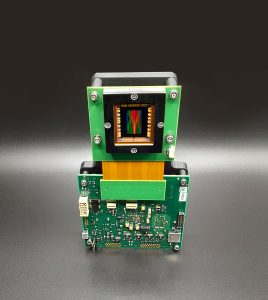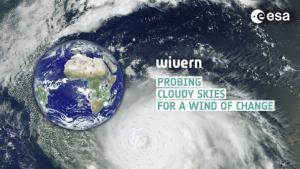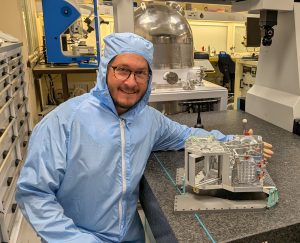An all-new European weather satellite which will deliver more accurate weather forecasting to benefit people across the Earth has been launched today.
The MetOp-SG A1 satellite took to the skies this morning at 1.37am BST on the Ariane 6 rocket and is being heralded as a major first step in boosting weather forecasting and tracking climate change and air pollution in Europe.
It is the first satellite in the MetOp Second Generation (MetOp-SG) programme which consists of six weather and climate monitoring satellites built by Airbus for EUMETSAT (the European Organisation for the Exploitation of Meteorological Satellites).
The Centre for Earth Observation Instrumentation (CEOI), based in Leicester, is one of the organisations which have helped to fund the satellites’ technology.
Dr Nicolas Lévêque, Director of the CEOI, said: “MetOp-SG A1 is Europe’s first MetOp Second Generation weather satellite and it will enhance European Earth Observation capabilities surrounding weather, climate and atmospheric composition.
“This will lead to improved weather forecasting which is hugely important when you consider that extreme weather has cost Europe hundreds of billions of Euros and thousands of lives during the past four decades.
“It will also improve our understanding of air pollution, ozone, UV radiation and climate change, enabling us to issue better forecasts and health alerts. This is crucial because outdoor air pollution alone contributes to more than 4 million premature deaths worldwide annually.
“This shows why the launch of the MetOp-SG A1 satellite is the most important Earth Observation mission launch of 2025 and we’re hugely proud to have invested more than £100,000, more than 10 years ago, towards the development of some of its groundbreaking technology.”
Today’s launch is the culmination of years of teamwork from a wide variety of organisations, including EUMETSAT, the European Space Agency, the EU, the French Space Agency CNES, the German Space Agency DLR, Airbus and Thales Alenia Space, and many suppliers across Europe.
CEOI supported Airbus, STFC Rutherford Appleton Laboratory (RAL) and Thomas Keating Ltd with the development of a 165/183GHz waveguide diplexer and quasi-optic network for the MetOp-SG Microwave Sounder (MWS) instrument, designed and built by Airbus Defence and Space in Portsmouth. This instrument provides wide-area weather measurement of temperature and humidity profiles over land and sea.
CEOI also supported Queen’s University Belfast with the development of a Frequency Selective Surface (FSS) to separate the 183GHz channel from the 166GHz channel in the MetOp-SG MWS. The results from the CEOI studies and development projects were very useful to the European Space Agency when they evaluated the MWS instrument design trade-off and optimisation in order to meet the demanding performance requirements. In total, three MWS units will be launched into orbit on board MetOp-SG A satellites, providing daily observations beyond 2040.
The CEOI was created in 2007 and has been funded by the UK Space Agency since 2011. Its key aim is to develop UK innovative technologies to observe Earth from space through the teaming of scientists and industrialists, contributing to the resilience of the nation in the face of global changes.
The CEOI is based at Space Park Leicester and is a consortium formed of Airbus Defence and Space, the University of Leicester and STFC/Rutherford Appleton Laboratory.
To explore CEOI news, events and opportunities, visit https://ceoi.ac.uk.
Photography: Artist illustration of Ariane 6 rocket as it releases its fairing showing Europe’s first MetOp Second Generation, MetOp-SG-A1, weather satellite. CREDIT: ESA–P. Carril




